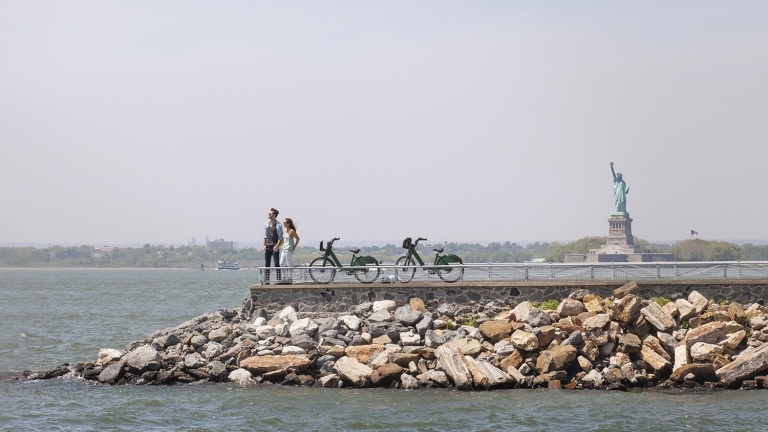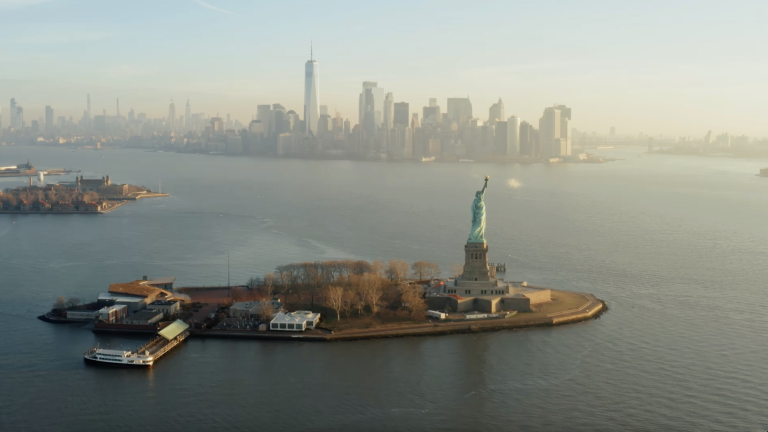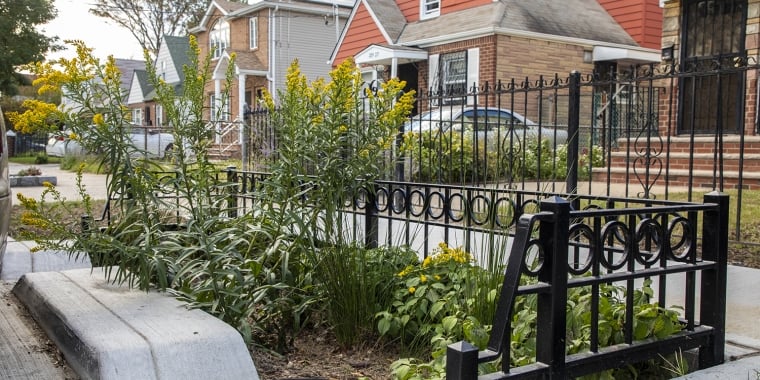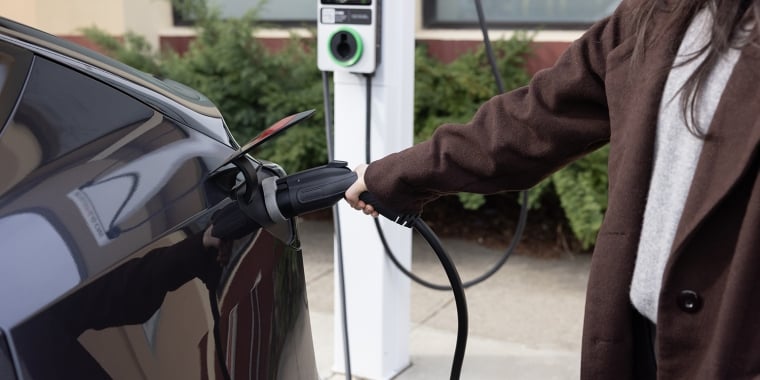Green Economy

New York City’s green economy will host nearly 400,000 jobs by 2040, becoming the anchor of a prosperous, equitable, and just future for New Yorkers.
Guided by the City’s Green Economy Action Plan, NYCEDC’s green economy initiatives span from developing programs that accelerate climate innovation to supporting the growth of renewable energy such as offshore wind and energy storage. We build and develop physical infrastructure to enable the growth of the green economy, and we support workforce development and business development opportunities that enable a just green transition.
NYC’s Green Economy by 2040
By The Numbers
400K
jobs
By The Numbers
$56B
annual earnings
By The Numbers
$89B
annual contributions to NYC GDP
By The Numbers
400K
jobs
By The Numbers
$56B
annual earnings
By The Numbers
$89B
annual contributions to NYC GDP
The Green Economy in NYC
Building from the foundation set in the 2023 PlaNYC, we define the green economy in New York City as the ecosystem of activities that have emerged since the turn of the century that directly and intentionally contribute to achieving our climate goals. NYC’s green economy spans eight sectors and 21 subsectors which consist of many different types of public and private organizations and workers.
The Adams administration is taking bold steps to grow innovation across key industries of the future, particularly within the green economy. In January 2024 during the State of the City Address, Mayor Adams committed to transforming NYC's waterfronts into the Harbor of the Future, an initiative that includes robust investments in emerging City-supported innovation centers, from the Bronx to the Sunset Park District in Brooklyn, that are poised to become global hubs for the green economy.

NYCEDC Projects
Below is an overview of some of the key Green Economy initiatives led by NYCEDC.
- Pilots at BAT enables emerging climate innovation companies including proptech to pilot, test, de-risk and demonstrate their products for New York City’s complex urban environment at the Brooklyn Army Terminal (BAT).
- Mass Timber Studio is a grant and technical assistance program supporting active mass timber development projects in the early phases of project planning and design. Project focus areas include navigating regulatory frameworks, innovative project delivery, technical feasibility, sustainability and resiliency, and community and equity.
- Circular Design and Construction Guidelines is NYCEDC’s operational guide to reduce waste and embodied carbon within our capital projects, help develop knowledge and capacity across industry stakeholders, and drive demand for cleaner and more circular design and construction across NYC.
- Climate Innovation Hub will grow NYC’s climate tech ecosystem, accelerate the commercialization of climate technologies, and build shared prosperity for New Yorkers to advance a just transition.
- Green Economy Advisory Council consists of environmental justice groups, leading community organizations, investors, and industry leaders who will work together to advance a just transition towards a clean energy future and achieve New York City’s ambitious climate goals.
- Resilient Energy Studio is designed to cultivate local energy storage capacity through entrepreneur-led pilot projects and regulatory wayfinding.
- Offshore Wind Port at the South Brooklyn Marine Terminal (SBMT) is being developed in close collaboration with Equinor to be utilized for staging and assembly, operations, and maintenance and as an interconnection point to support the development of Empire Wind 1 and future OSW projects. Read about NYC’s OSW Vision Plan here.
- We Source NYC supports local manufacturers, suppliers, and construction service providers seeking to enter a new $4 billion OSW supply chain.
- Waterfront Pathways Program helps increase opportunities for minority-owned, women-owned, and disadvantaged business enterprises (M/W/DBEs) in the OSW and waterfront industries.
- Offshore wind workforce training programs are offered by CUNY Kingsborough Community College KBCC) funded by NYCEDC. The training at CUNY KBCC provides certification for relevant offshore wind occupations including OSW welding training and maritime pathway program with Seafarers International Union (SIU).
The Harbor Climate Collaborative
In addition to driving many key green economy initiatives, NYCEDC is part of the Harbor Climate Collaborative, which is a joint initiative between three mission-aligned public entities with sites along the New York Harbor connected by NYC Ferry—the Trust for Governors Island (TGI), New York City Economic Development Corporation (NYCEDC) and Brooklyn Navy Yard Development Corporation (BNYDC)—to make NYC the global capital of climate innovation.

The Harbor Climate Collaborative is a joint initiative between three mission-aligned public entities along the New York Harbor to serve as the center of a burgeoning climate innovation ecosystem in New York City.
Explore Other Industries


